Aseptic packages for dairy & beverage products

The packaging industry in India is in the midst of an interesting evolution. There are several underlying reasons for catalyzing new trends and developments in the packaging industry.
Our lifestyles have become increasingly busy, for one. There is also a perceptible demographic shift in the population. The Indian consumer, particularly the upwardly-mobile urban populace, is showing a marked preference for convenience goods as they fit in with her modern lifestyle. With the median age of the Indian population currently at 26.7 years, India has the world’s largest youth population, which is eager to try out new ideas, products and markets.
India’s packaging industry – expected to reach USD 32 billion by 2020 — has an important role to play when it comes to meeting the needs and aspirations of the young generation of customers. This youthful demographic is looking for the ease-of-use and pick-and-move packaging attributes when buying products, which they are doing more often now than ever before. To satiate the growing consumer appetite, every year thousands of new products and SKUs get introduced. According to a recent survey by the Indian Brand Equity Foundation (IBEF), the FMCG industry in the country will more than double its current level to reach USD 103.7 billion by 2020.
With brands and manufacturers looking to drive higher traction for their products, packaging has become an inalienable feature of the overall product experience. In fact, the first tryst that customers have at the Point of Sale (POS) is by way of the product’s packaging. It is the product’s packaging that helps drive customers’ interest and inclines her to make a purchase. Packaging is also a key differentiator that clearly brings out the brand proposition on a retail shelf.
There are several trends that point to a paradigm shift taking place in the packaging industry currently. One such development is “aseptic liquid packaging”, which allows a liquid product to remain sterile and free from micro-organisms for a longer period of time without refrigeration. At present, the Indian aseptic liquid packaging market is growing @17-18% per annum. The size of the market is expected to double over the next five years to approximately 20 billion packs per annum, as per Warnick International Report.
Aseptic liquid packaging enables optimum utilization of storage and transportation space and helps to bring down logistical warehouse costs. Consumers thus get better quality and unadulterated consumables than what they have been able to hitherto enjoy. Aseptic liquid packaging is best for perishable products in the Dairy and Beverages categories. In the case of highly-perishable liquid consumables such as dairy products, non-aerated liquids, energy/ health drinks and juices, the quality of packaging assumes prime importance. After all, what is the use of multi-point checks for ensuringa high-grade product if it cannot reach the end-consumer without sustaining its quality.
Since packaged liquids often have a short shelf life, storage and distribution become a major concern for all stakeholders in the supply chain – from the manufacturer to the end-consumer. By guaranteeing a longer shelf life for the product without refrigeration, aseptic liquid packaging helps meet the challenges associated with liquid packaging without compromising the quality of the product.
The technology behind aseptic liquid packaging helps preserve the freshness of the product in its natural form for a longer period of time. The packaging is six layered – combining paperboard, aluminium and polyethylene – in which both the product and packaging material are sterilized under high temperatures and in a sterile environment. In the course of the entire process, the filled liquid and packaging material are both sterilized separately and then combined and sealed in a sterilized atmosphere. The method guarantees the product’s sustenance and sterility besides also ensuring that it is free from any bacteria or any other harmful micro-organisms.
Aseptic liquid packaging has grown very popular these days and most liquid FMCG products use this method of packaging. For instance, juices, purees and other liquids are today supplied in specialized packaging – aseptic packaging. Its multi-layered construction enables the carton to protect the contents from various factors responsible for spoilage, thereby preserving the product’s freshness and value. The aluminium foil layer acts as a strong barrier to oxygen and light. The inner plastic layer made of polyethlyene makes it possible to seal the liquid. The paper layer provides stiffness, making it possible for the cartons to assume a brick shape, thus enabling maximum utilization of available storage and transportation space. Aseptic packages lighten the freight load and simplify the process of transportation, thus enabling the shipment to be transported easily to different regions.
Today, brand owners and consumers are becoming more conscientious than ever of the environmental impact of the packaged products they use. As a result, the market for FMCG products has whole-heartedly embraced the environmental safety advantage of aseptic packages as compared with regular packaging. The use of aseptic packages generally helps mitigate the level of pollution in our environment. As these packages are recyclable, they reduce the waste impact on the environment. Further, post-consumption, these packs can be recycled and can be used for producing various utility items like decorative ply, gift items, furniture, etc. Most important, at the end of the day, the capital invested in aseptic liquid packaging pays off in the long run.
Recent Blogs
-
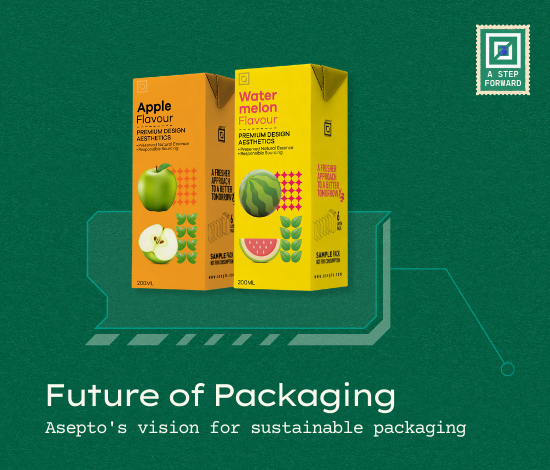 Future of Packaging: Asepto's vision for sustainable packaging
Future of Packaging: Asepto's vision for sustainable packaging
-
 Revive, Regenerate, Recycle: Asepto’s Greener Tomorrow
Revive, Regenerate, Recycle: Asepto’s Greener Tomorrow
-
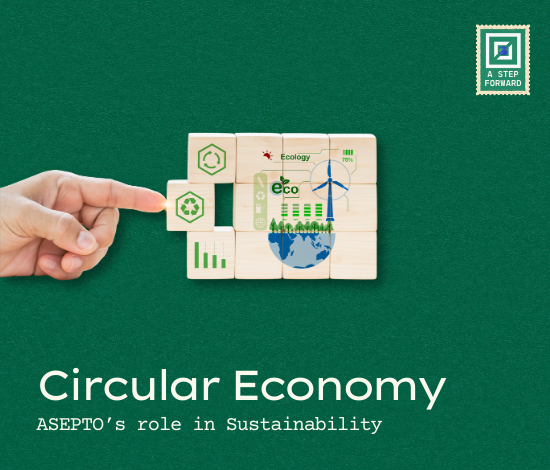 Circular Economy: Asepto's Role in Sustainability
Circular Economy: Asepto's Role in Sustainability
-
 Revamping Your Brand Image: Guide to New Packaging Design
Revamping Your Brand Image: Guide to New Packaging Design
-
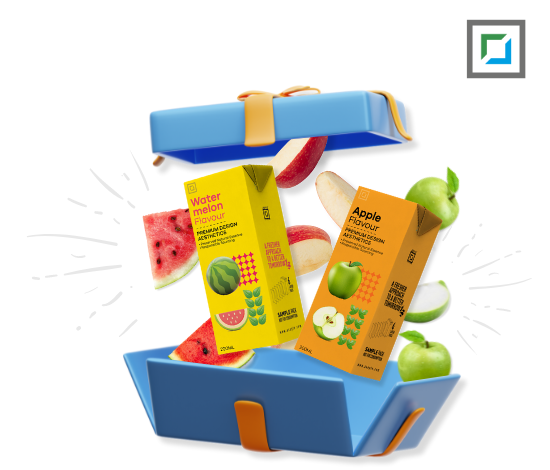 Unboxing Success: Asepto's Journey of New Beginnings
Unboxing Success: Asepto's Journey of New Beginnings
-
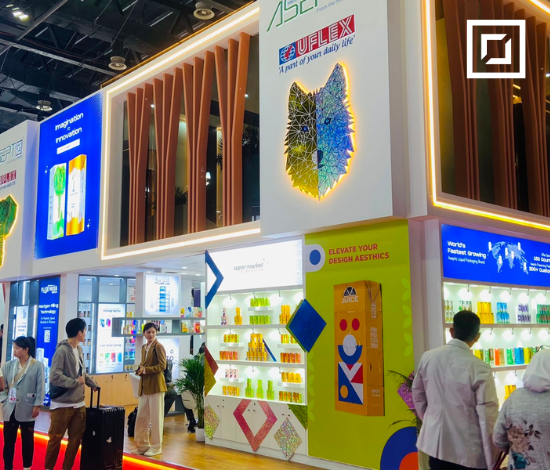 Network, Insights and Customers: Benefits of Attending Aseptic Liquid Packaging Exhibitions
Network, Insights and Customers: Benefits of Attending Aseptic Liquid Packaging Exhibitions
-
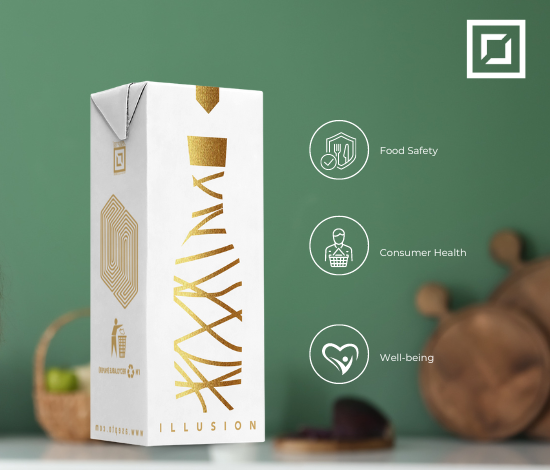 Asepto's Packaging Solutions: Ensuring Food Safety, Consumer Health, and Well-being
Asepto's Packaging Solutions: Ensuring Food Safety, Consumer Health, and Well-being
-
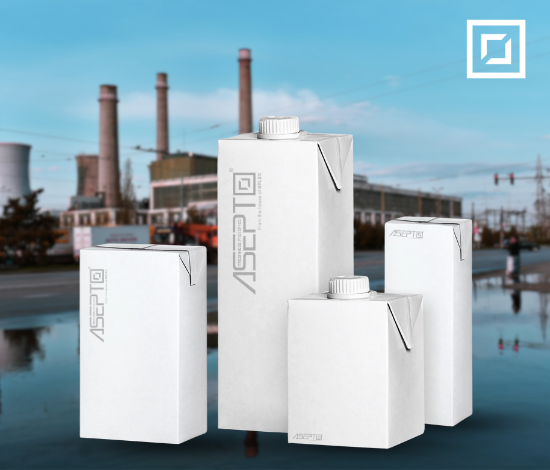 Beyond Beverages: Aseptic Cartons in Different Industries
Beyond Beverages: Aseptic Cartons in Different Industries
-
 The Touch of Finesse: Elevating Aseptic Liquid Packaging and Outshining the Competition
The Touch of Finesse: Elevating Aseptic Liquid Packaging and Outshining the Competition
-
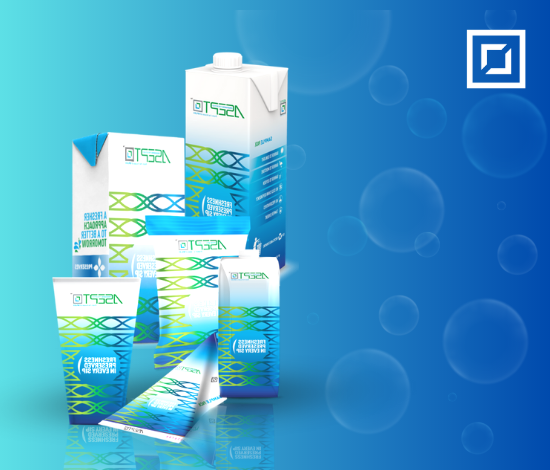 Beverage Packaging and Importance of Being Market Responsive
Beverage Packaging and Importance of Being Market Responsive
-
 Leading the Future with Safe & Sustainable Packaging
Leading the Future with Safe & Sustainable Packaging
-
 India and Egypt: The Tale of Two Oldest Civilizations
India and Egypt: The Tale of Two Oldest Civilizations
-
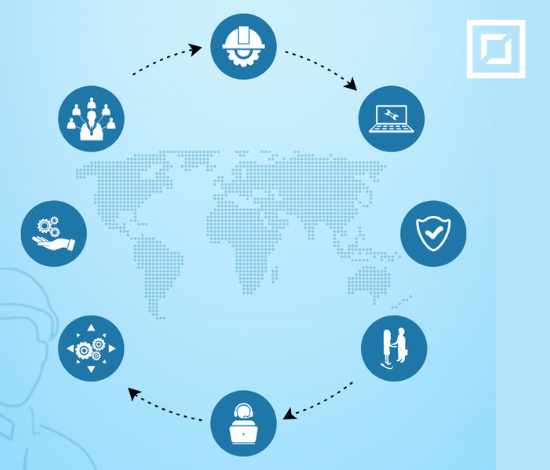 Importance of End-to-End Solutions in Packaging Industry
Importance of End-to-End Solutions in Packaging Industry
-
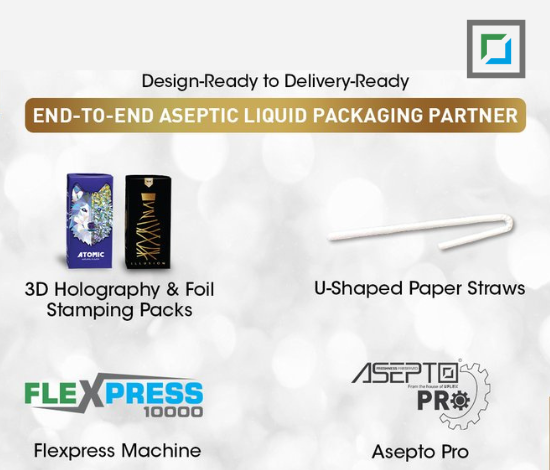 Gulfood Manufacturing & Asepto: Tale of two stalwarts
Gulfood Manufacturing & Asepto: Tale of two stalwarts
-
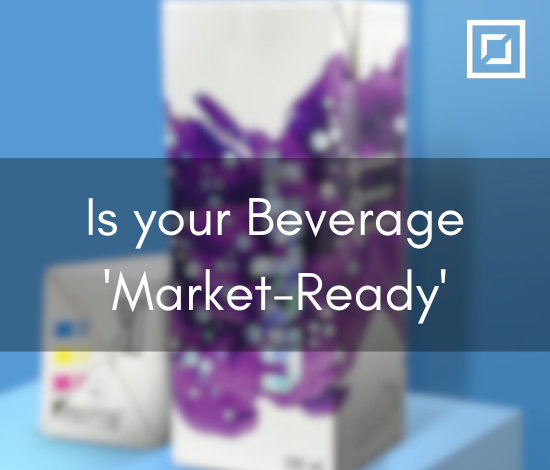 Importance of being market-ready in beverage industry
Importance of being market-ready in beverage industry
-
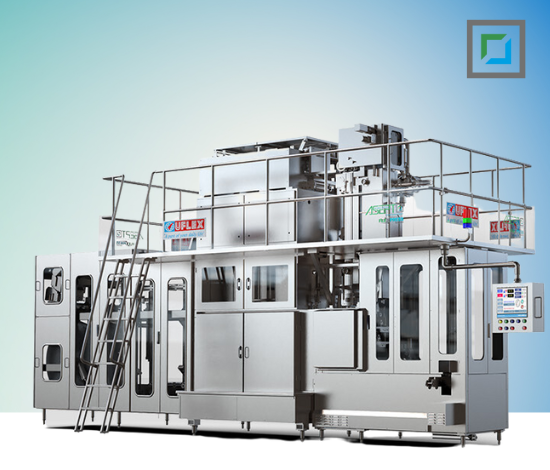 Filling Machines: The Essence of Aseptic Liquid Packaging
Filling Machines: The Essence of Aseptic Liquid Packaging
-
 Importance of continuity in the Beverage Industry
Importance of continuity in the Beverage Industry
-
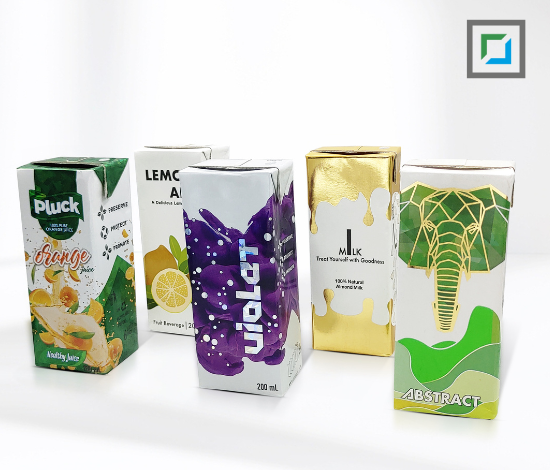 Importance of Innovation: Recreating the Aseptic Liquid Packaging Ecosystem
Importance of Innovation: Recreating the Aseptic Liquid Packaging Ecosystem
-
 Aseptic packages for dairy & beverage products
Aseptic packages for dairy & beverage products
-
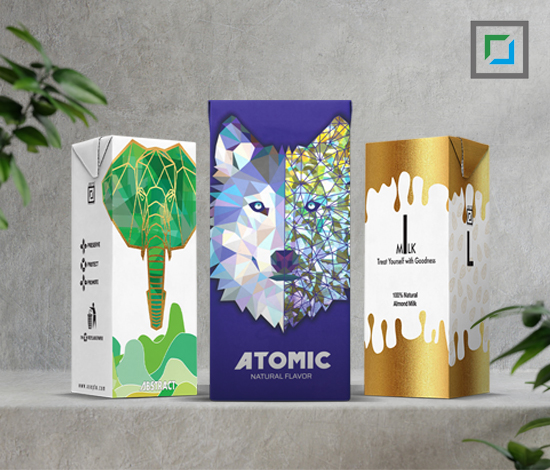 Portion Packs: The Market Drivers
Portion Packs: The Market Drivers
-
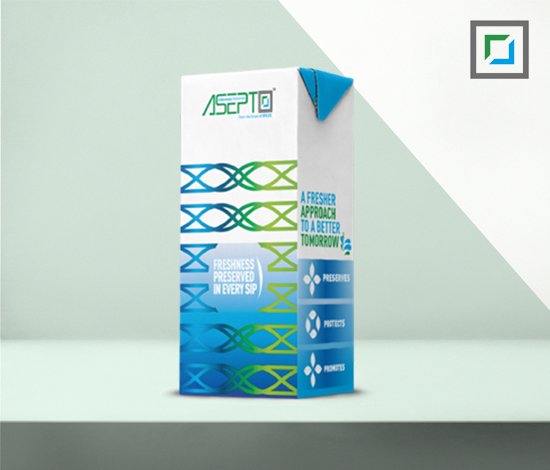 Aseptic Packaging: A sustainable solution to food wastage
Aseptic Packaging: A sustainable solution to food wastage






